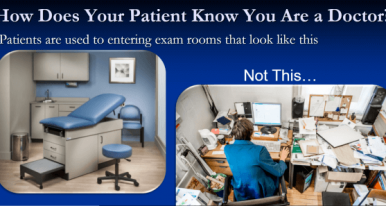Central to effective and equitable implementation of telemedicine care is engaging a diverse patient population. This is one of the most pressing areas of consideration to ensure telemedicine does not worsen existing health disparities.
Patients with limited English proficiency may experience additional communication barriers to engaging with telemedicine. Not only do all how-to and FAQ materials about platforms and systems need to be provided in multiple languages, but the use of interpreters on phone and video visits also needs specific attention. In addition, the use of three-way calling and video medical interpretation is an extremely high priority for safety net health care systems to successfully launch their telehealth programs.
- 10 Tips for Caring for Immigrant and Limited English Proficiency Patients in the Age of COVID-19: This PDF, created by UCSF and other health care providers and researchers, outlines best practices for interpreter use when caring for immigrant and limited English proficiency patients via telemedicine during the pandemic.

- Health Information Technology, Evaluation, and Quality (HITEQ) Center: Telehealth Strategies and Resources for Serving Patients with Limited English Proficiency — This is a link to a PDF providing near-term and longer term strategies to support limited English proficiency patients with telehealth, including the utilization of third-party services for real time interpretation and how to add interpreters on telehealth platforms.
- Mid-Atlantic Telehealth Resource Center: Telehealth Resources for COVID-19 Toolkit — The “Best Practices for Conducting a Telehealth Visit” section of this webpage has a subsection on “Meeting the Needs of Patients/Clients Who Need Interpreters” with additional considerations and links to other resources on how to approach this issue.
- TDI: Coronavirus (COVID-19) Resources — This website has specific information about telehealth access for deaf and hard-of-hearing populations.




